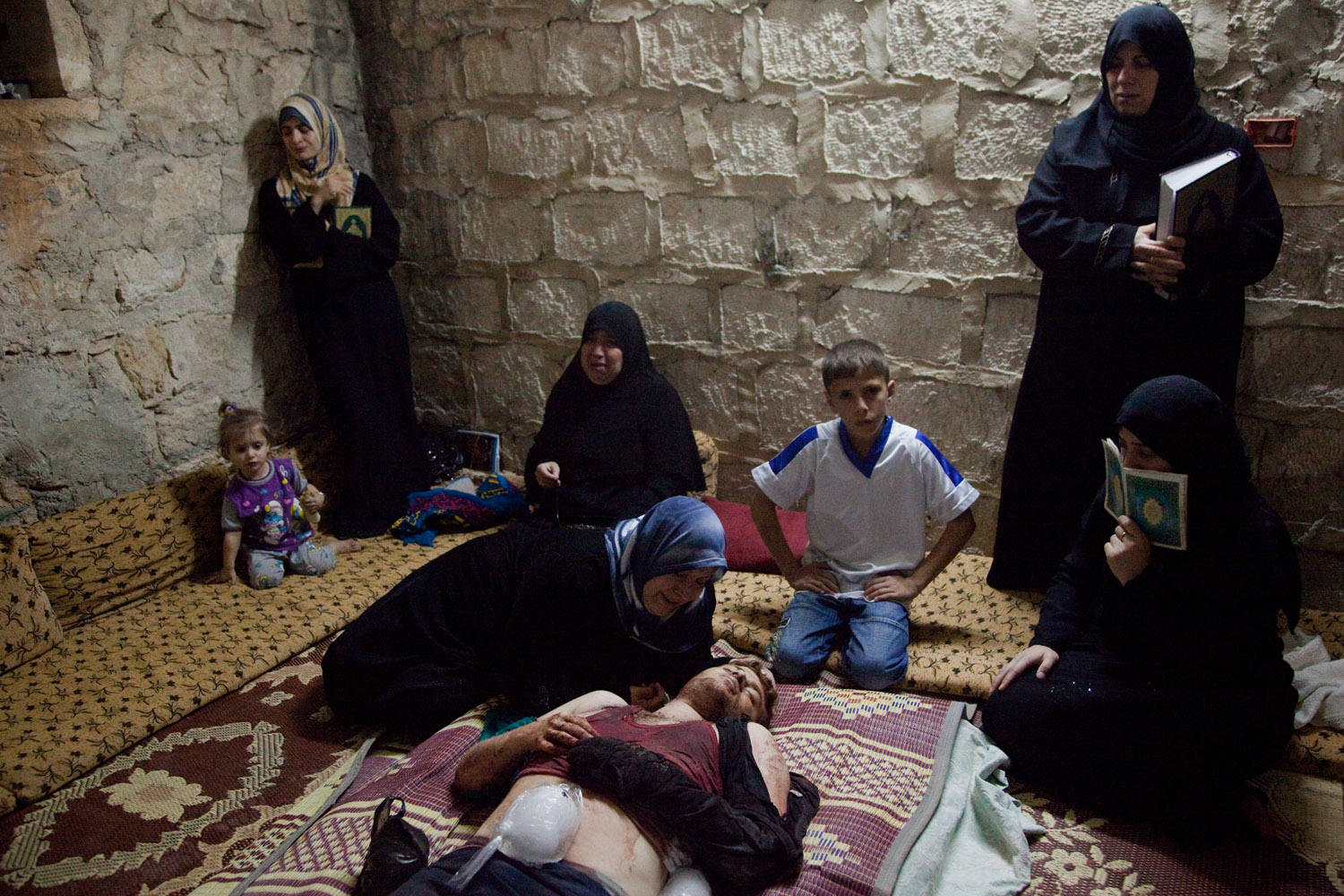
In the mountains of northern Syria, the summer fruits ripened in the orchards. Farmers collected their crops, walking between olive groves, tomato patches and lush trees with a plum-like fruit they call ‘mish mish.’ It was a scene of serenity when I arrived over a week ago, surprising given the news that has streamed constantly out of Syria for the past year. Daily life must go on, my friend Mohamed said. “If you don’t work one day, maybe you won’t eat the next,” was his answer to a question on how the revolution and war affected civilians in Syria. Groups of armed Free Syrian Army fighters, many of them defectors from the military, manned check points and greeted civilians with warmth and familiarity. They knew how close the military was and how the government would not hesitate to use force, so they stayed on watch all the time, handling the meager weapons they had. AK-47s, RPGs, one tank and one 23 mm anti-aircraft gun, the latter two acquired in fights with the Syrian Army. This equipment was all they had to cover the string of more than 40 villages in the mountainous region outside of Idlib.
From our mountain top perch last Saturday, I watched the twinkling lights of the villages and towns below. And then the sickening thuds of incoming mortars erased any notion of serenity. Just 20 kilometers away, the Syrian Army was conducting its usual, almost nightly, attacks on the town of Maarat al Noman, a town of about 100,000 situated on the outskirts of Idlib City. I sat with my hosts as the word arrived about casualties. By 11 p.m., the estimated number of deaths hovered between 20 to 30—mostly the result of mortars.
We decided to go, but it would be no easy feat. The army was stationed at 13 checkpoints inside the city, as well as in the surrounding mountains and farmland. Some were as close as 4 km away. The only way to communicate with the inside was through FSA radios. After more than an hour of planning and coordination between FSA commanders, we were on our way, negotiating back roads and the lack of light. On the final stretch to the city was a Syrian Army check point, located on the top of a hill in what looked like a little house. “There, that’s the army, we’re in a dangerous area now,” Mohamed warned, but I wished he hadn’t told me. I could feel the tension in the car as Ibrahim, a shy FSA fighter who was driving, accelerated, and then I heard the crack of gunfire—four bursts. I waited for the sound of bullets hitting metal, and when it didn’t happen, a collective sigh of relief filled the car.
The shelling momentarily ceased. It was now 1 a.m. as we arrived at a mosque where locals had placed six of the dead in white sheets. The main hospital was under the control of the army, and there was no refrigeration or city morgue. The mortars had reduced the contents of the sheets to nothing but piles of civilian, human flesh—unrecognizable except for a single hand and one somewhat intact body.
I looked for a minute, began photographing, and then felt my stomach turn. The bodies were covered in chalk and large blocks of ice and water bottles were placed between the limbs. “They were just coming out of the mosque after evening prayers,” one local man screamed. “And that’s when the mortars killed them.” Even in the darkness of the mosque, streaks of blood could be seen, almost as if a giant red paint brush had been run across the floor.
In a house nearby, the women of a family were gathered in their living room reading passages from the Quran. They wept as they read, children sitting near them, bewildered. The body of Alaa Milhem, a 22-year-old French Literature student at the University of Aleppo, lay in the middle of the room, his white undershirt soaked with blood, light hair curled across his forehead. His mother bent over him, crying, sobbing, and at times wailing. “Why, why? Why?” She spoke tenderly in hushed tones to her dead son. The women around her began to cry harder, covering their faces with the Quran. Overcome with emotion, they struggled to read it any further.
All I could do was pause for a few minutes and watch. I felt my jaw clench—I could feel the pain in the room. There were no answers for his mother. Her son was studying for his final exams, heard the shelling, ran outside to help the injured, and was hit by another incoming round.
Nicole Tung is a freelance photographer who previously documented the uprisings in Libya and Egypt. See more of her work here.


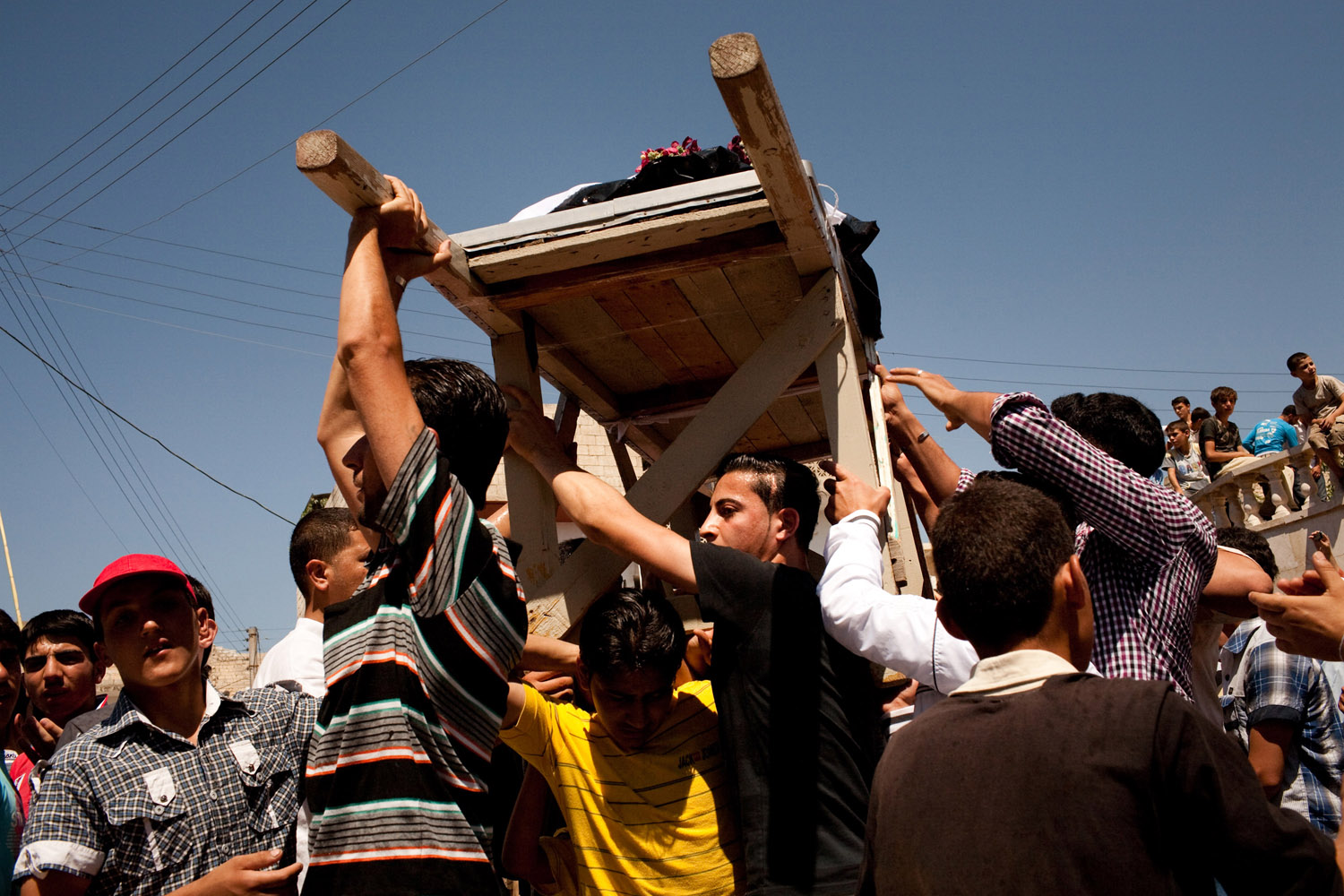


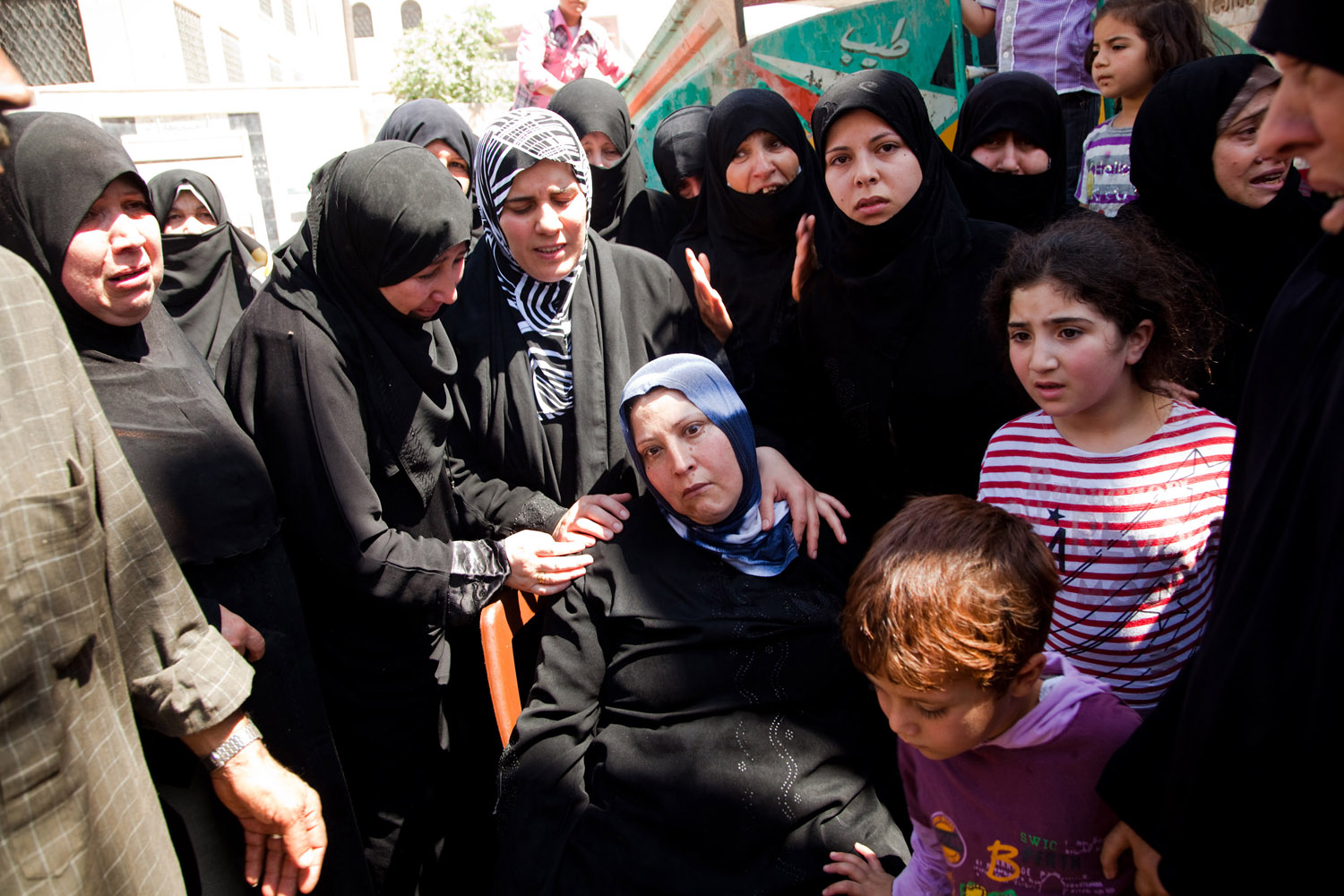


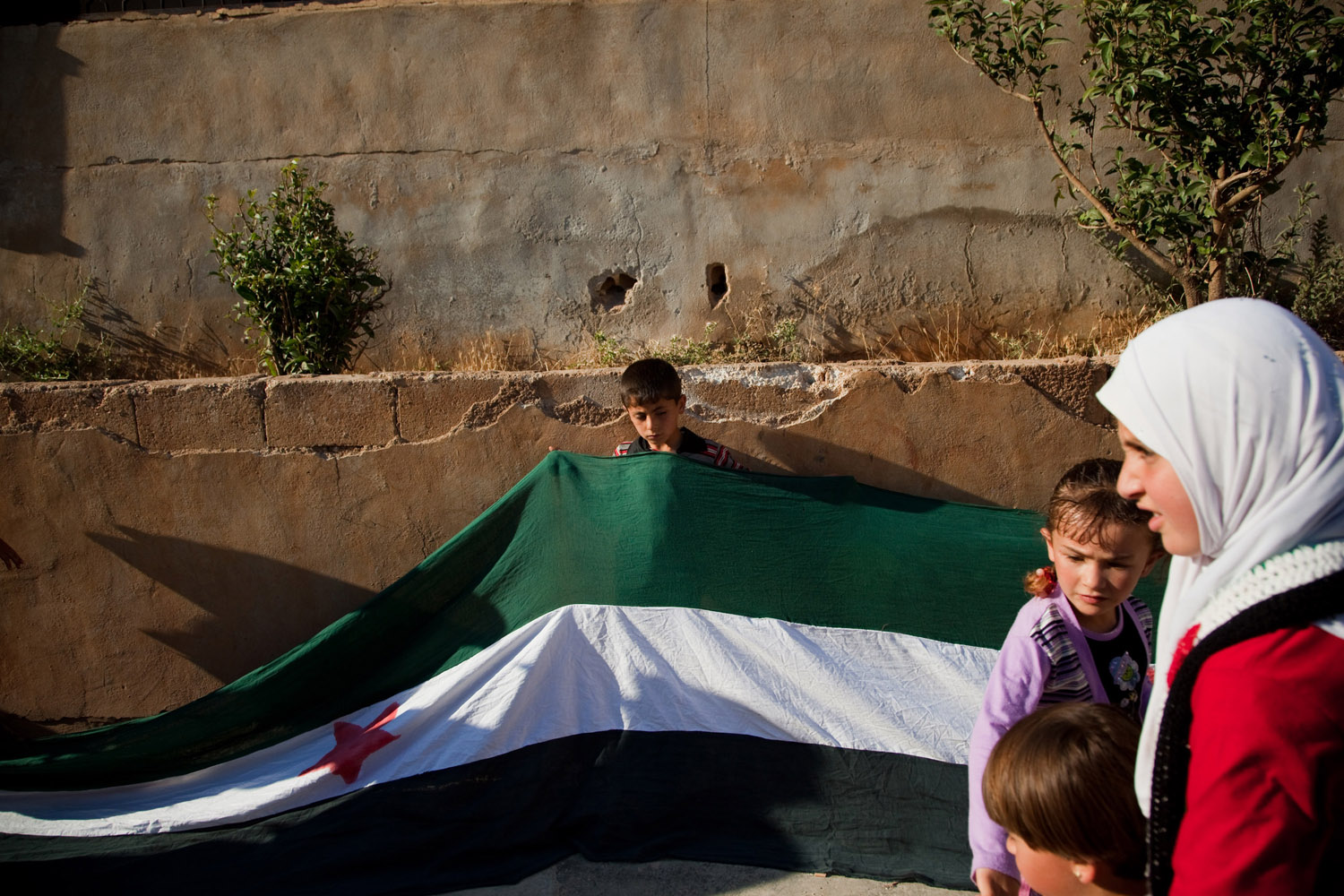

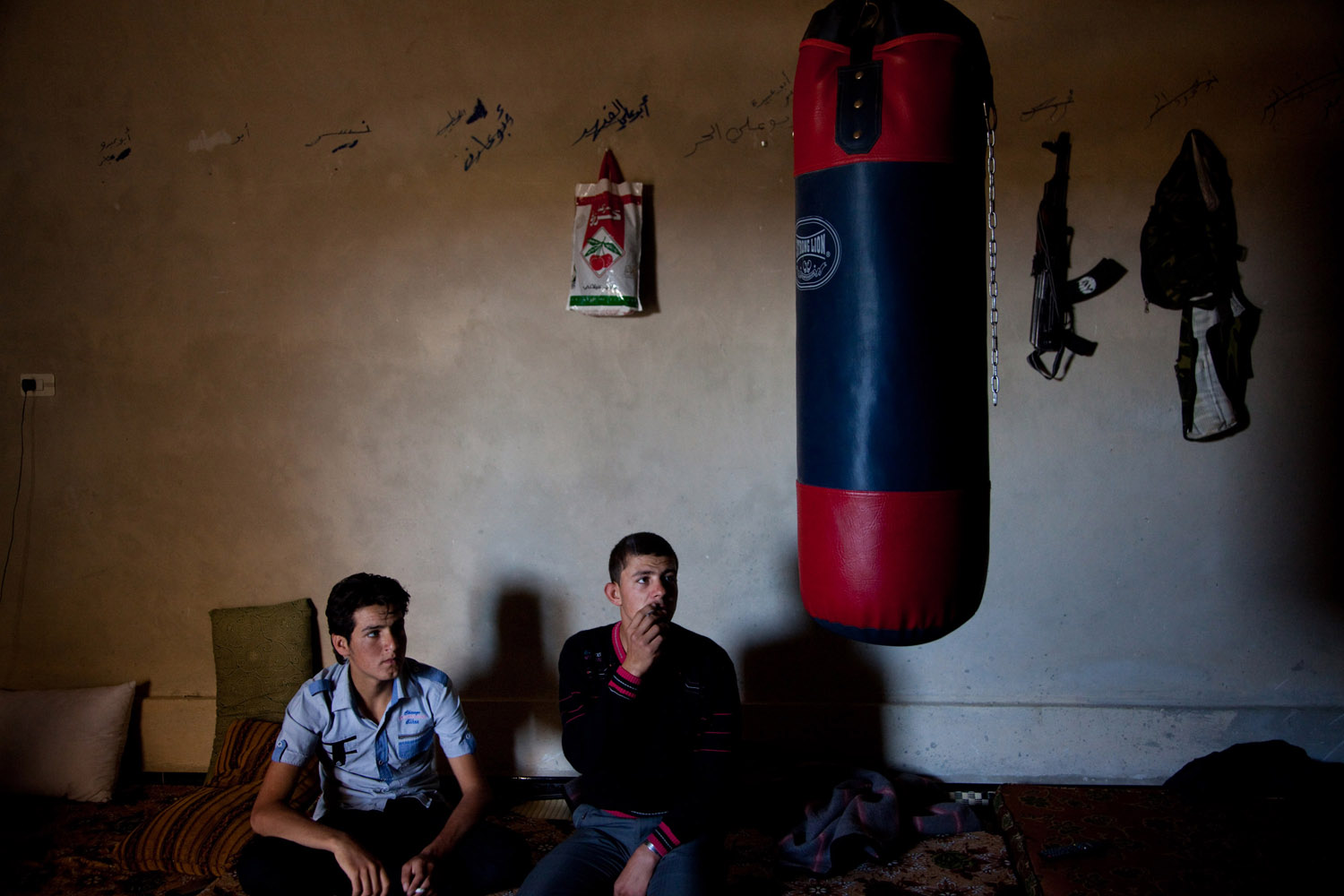
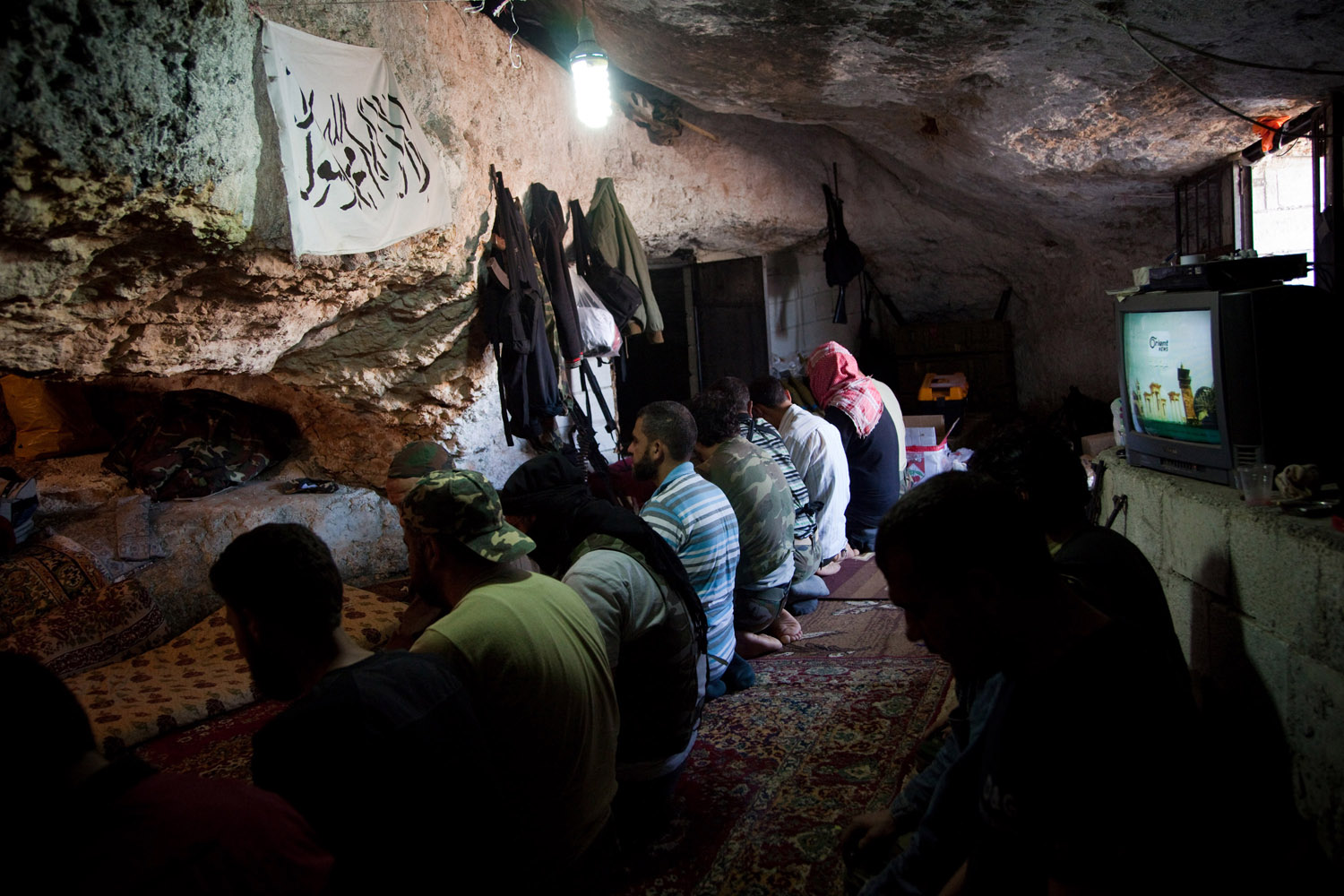
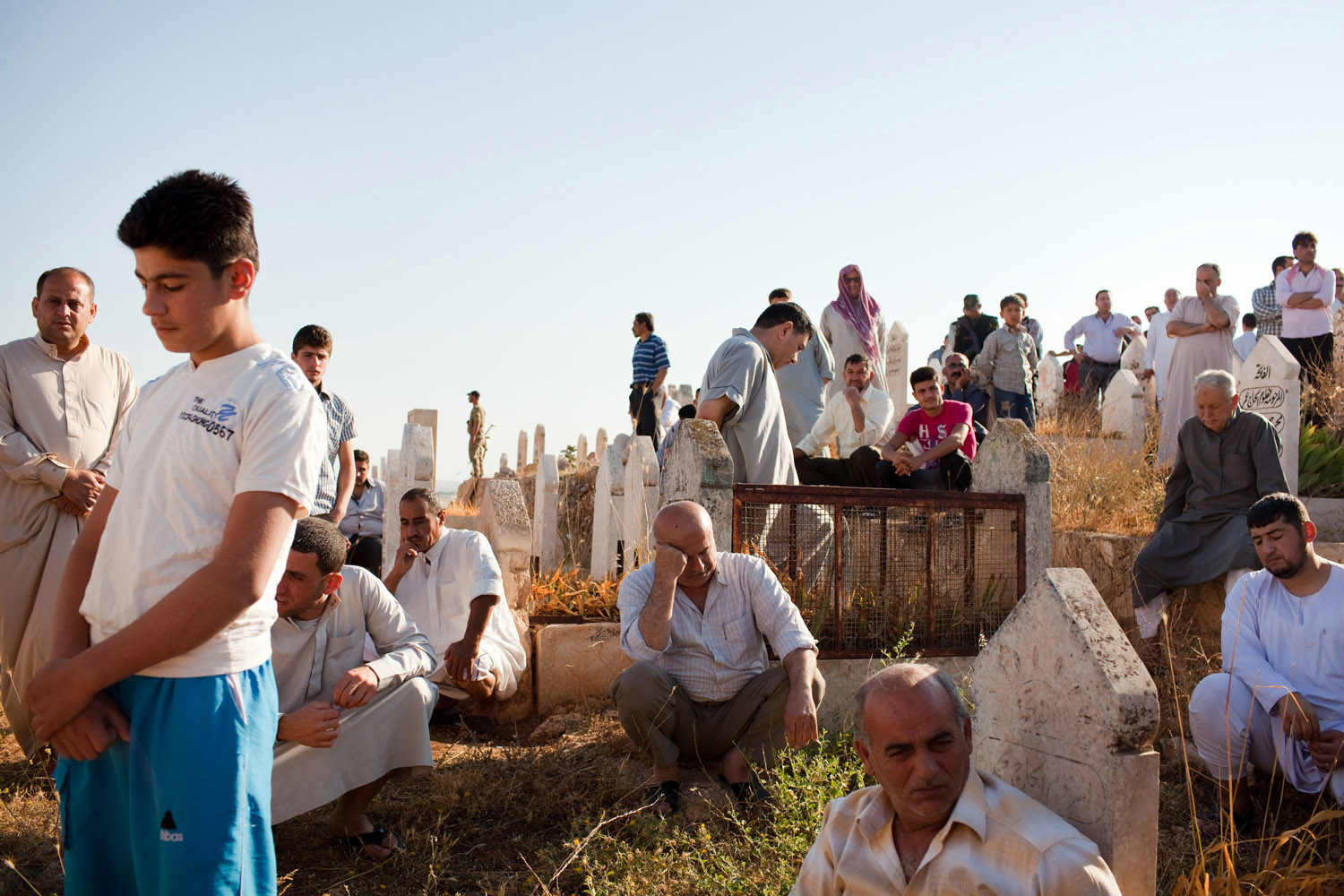
More Must-Reads from TIME
- Donald Trump Is TIME's 2024 Person of the Year
- Why We Chose Trump as Person of the Year
- Is Intermittent Fasting Good or Bad for You?
- The 100 Must-Read Books of 2024
- The 20 Best Christmas TV Episodes
- Column: If Optimism Feels Ridiculous Now, Try Hope
- The Future of Climate Action Is Trade Policy
- Merle Bombardieri Is Helping People Make the Baby Decision
Contact us at letters@time.com